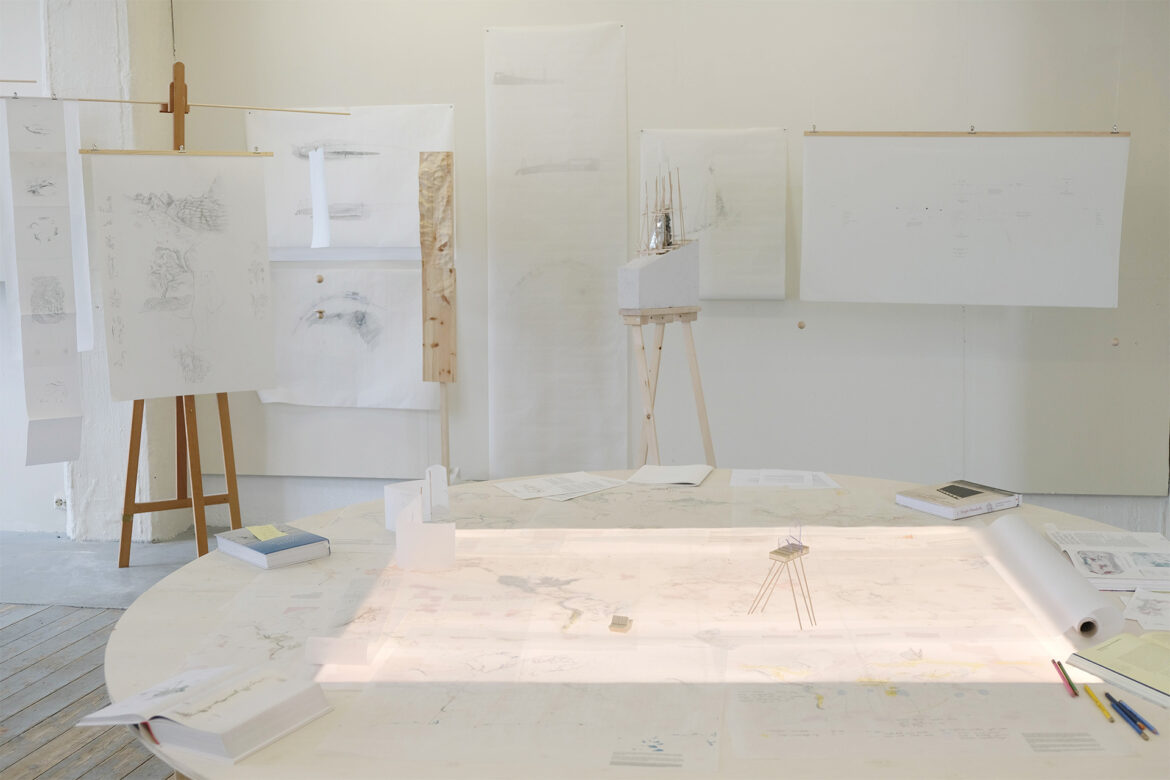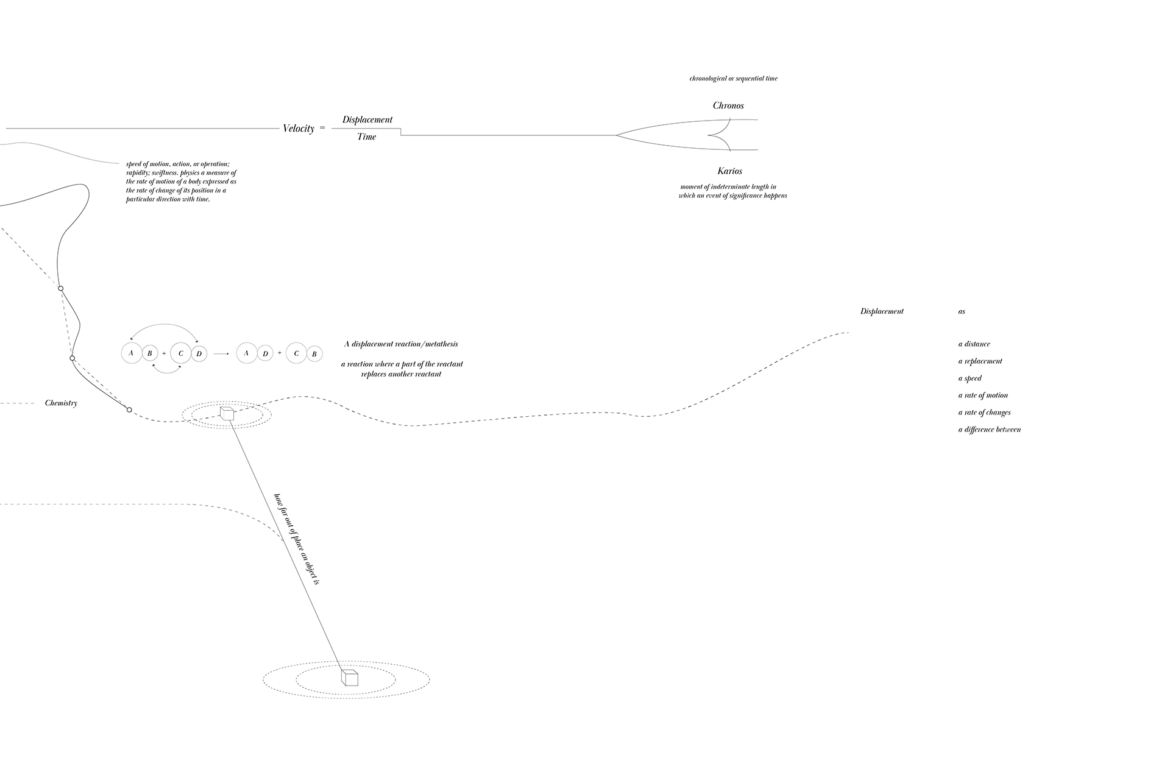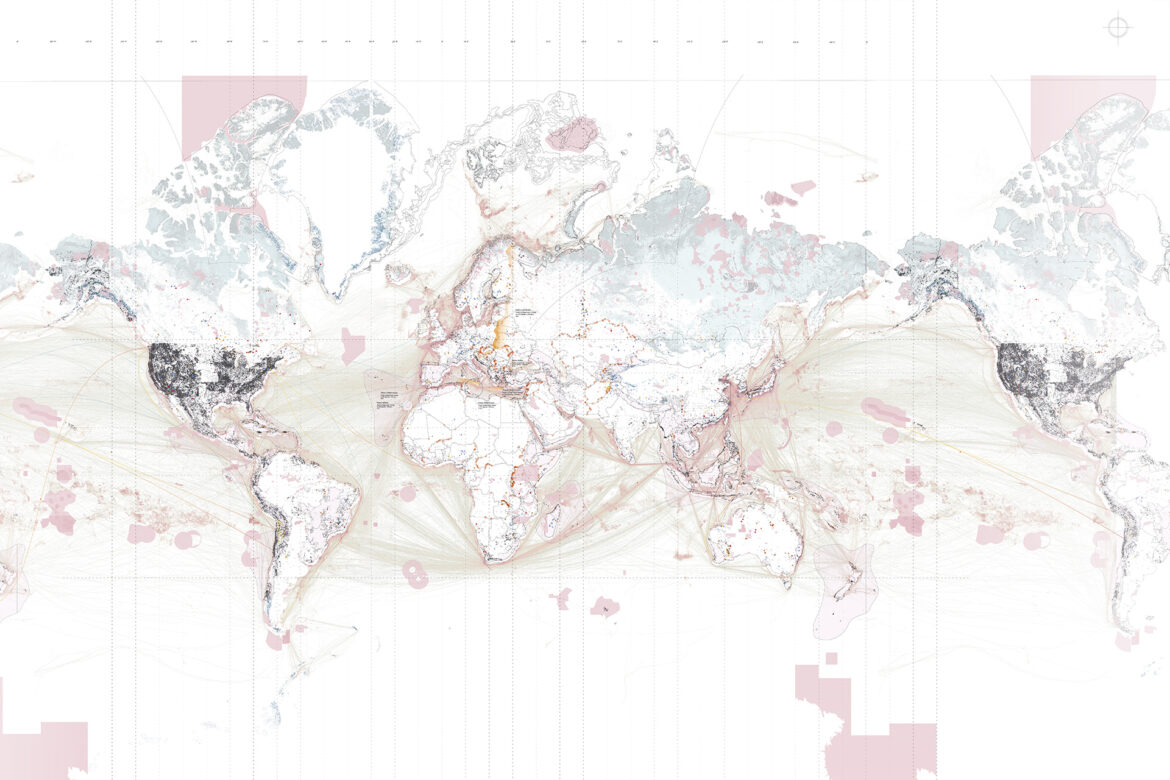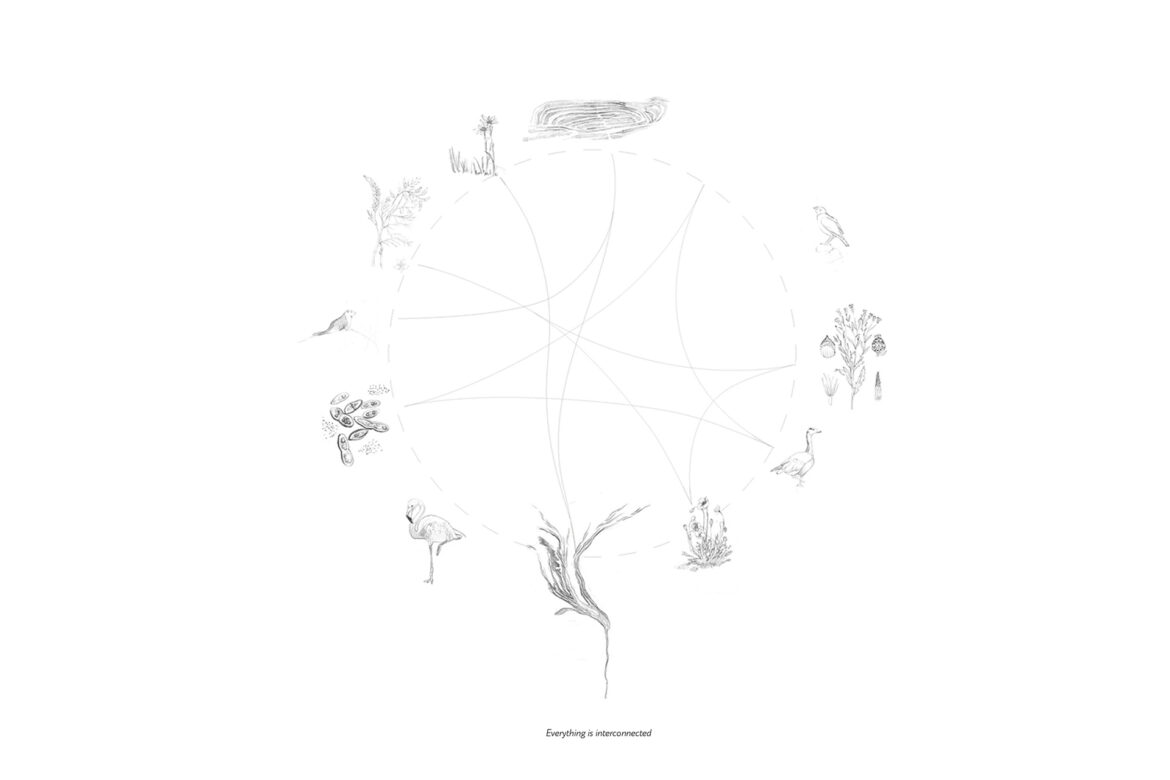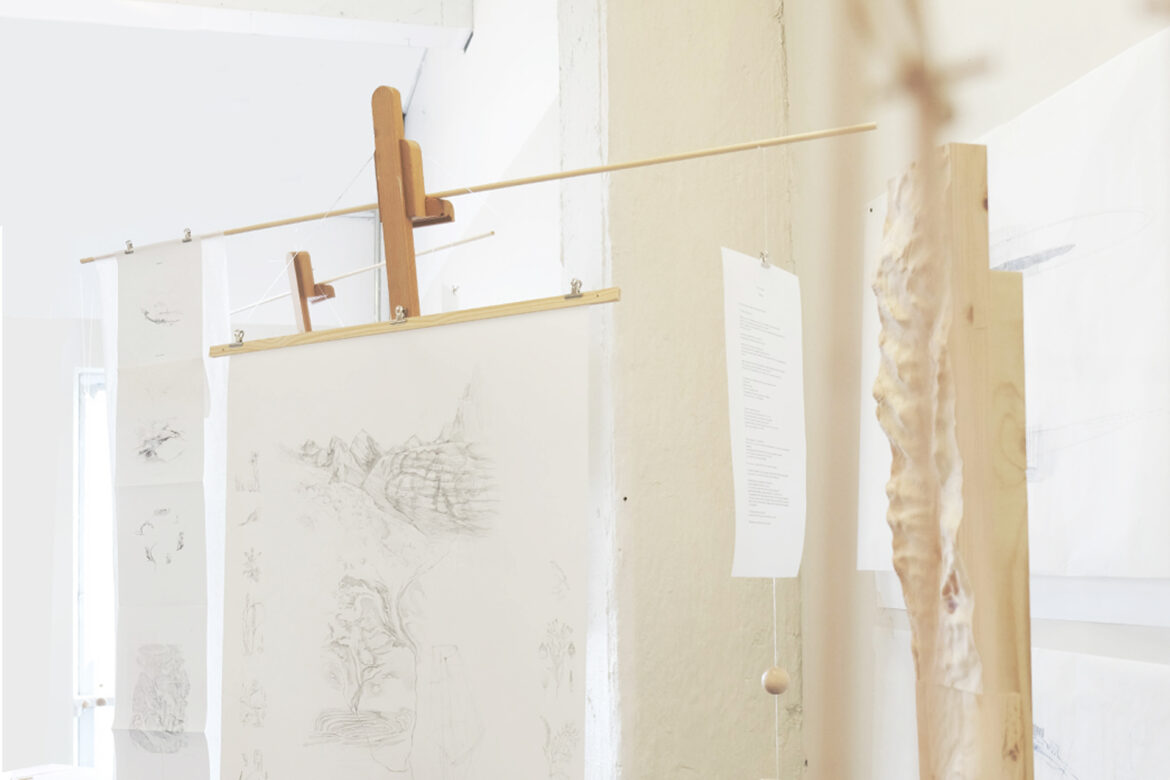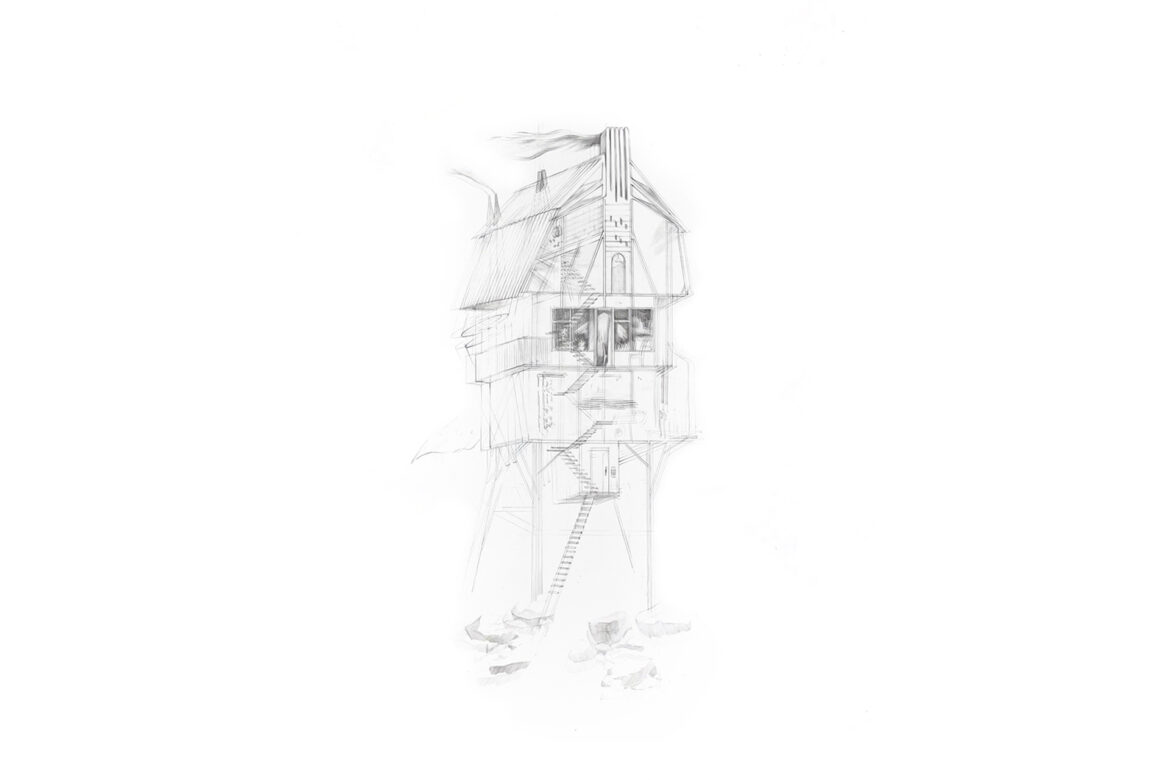Displacement, movements through and changeable intensities of environments often carry insecurity, fragility, and vulnerability. And also, openness to new things, flexibility and new ways of adapting, exploring and observing.
I have questioned for a long time whether architecture is necessary and what its role is. Are we able to observe the changes in environments and relationships taking place through it, embodying architecture in a reflective mirror, or does architecture become a silent monument to time and place? In what time does the architecture of displacement live? Is it time? It is hard to clarify because for me they all are going together. Maybe its emotion or gesture?
I have long wondered whether architecture is needed here, and I chose the position that it is. Because for me, an important part of displacement is the process of becoming aware of the new. And the process of being aware of the new occurs in relation to the gap between the recognition of some things and the newness, and in my view the new can be built on some kind of attentive observation.
Perhaps, here the role of architecture can be expressed precisely in the construction of this link between the outgoing and the new. Architecture can become both a material reflection of changes and intensities, and at the same time an invitation to develop new approaches of thinking and asking questions.
I started my research by mapping mining sites because I thought they reflected the changes most clearly. But very quickly I realised that there were many more layers. Through the mapping of different layers of movements and finding hotspots, interesting borders, fragile permafrost areas, or intense cargo routes, or salt lake mining site, I started to build connections between processes and add critical points for each of the layers.
I would like to begin a journey through places with a high intensity of movement and highlight the points of intersection, the spaces they create, and the attitudes that emerge in the process. Some places I’ve never been and they appear in the story because I have become very interested in what is happening there. Some places are connected to my childhood. They live between imagination and reality and it’s difficult to say what happened and what didn’t.
“Our own journey is entirely imaginary. That is its power.”
In my project, I travel through these places as a spectator. Architecture becomes a narrator, reflecting change and weaving stories and relations together. Does this architecture become a space “in-between”?
These architectural interventions are series of shelters/spaces at the intersection of different flows/environments/conditions. Different spaces of pause. Different exit spaces based on care and kindness. These spaces are not necessarily created for human beings.
Does architecture in displacement evolve through a combination of adaptation, bricolage, and the emergence of new forms, ultimately reflecting the dynamic nature of environmental experience and cultural exchange that takes place in these contexts and becomes a new home for some time?
I can only speculate on the answer because I have not sought to find it. It is also not about problem solving. Maybe because for me the journey through is still more important than the final destination.

